RICHARD PETERS
On a Back Garden SafariIntroduction
What inspired you to do a project in your garden?
So using a camera trap was a natural progression?
What is it about the technique that appeals to you?
What’s been the biggest hurdle to overcome?
Have you got a favourite image from the project?
What’s the one bit of kit you couldn’t be without?
Camera-trapping is becoming more popular and mainstream, what would be your advice to others thinking about trying it?
First of all, always think about your subject. Like any other way of photographing wildlife, care should always be taken. Don’t just start firing full power flashguns at your subject. Instead, use low power flash output and up your ISO or open your aperture to make the sensor more sensitive to light. If you do see your subjects reacting to the flash, stop immediately.
Richard Peters
Website: richardpeters.co.uk
You can find out a lot more about Richard’s project, as well as learn a huge amount of information about how you can use these techniques and more, in his comprehensive ebook ‘Back Garden Safari’.
Other Interviews
How to Photograph Nocturnal Wildlife in Infrared
What is Infrared (IR) Photography?Light that comes from the sun consists of a very wide spectrum, and when we look at the world around us we are only seeing it in a very narrow part of this spectrum known as ‘visible light’. The sensors inside digital cameras are...
Terry Whittaker – Camera Trapping in the UK
IntroductionSince starting out as a freelance photographer in 2000, Terry has built up a reputation as one of the UK’s foremost wildlife photographers. He has won multiple awards for his work and his images often carry a strong conservation message. Terry’s desire to...
Sebastian Kennerknecht: Tracking Down the World’s Wild Cats
Introduction Sebastian Kennerknecht is a wildlife and conservation photographer based in Santa Cruz, California. He focuses much of his photography on wild cats and the threats they face. Being totally wild cat obsessed, it’s important to him to play a role in their...

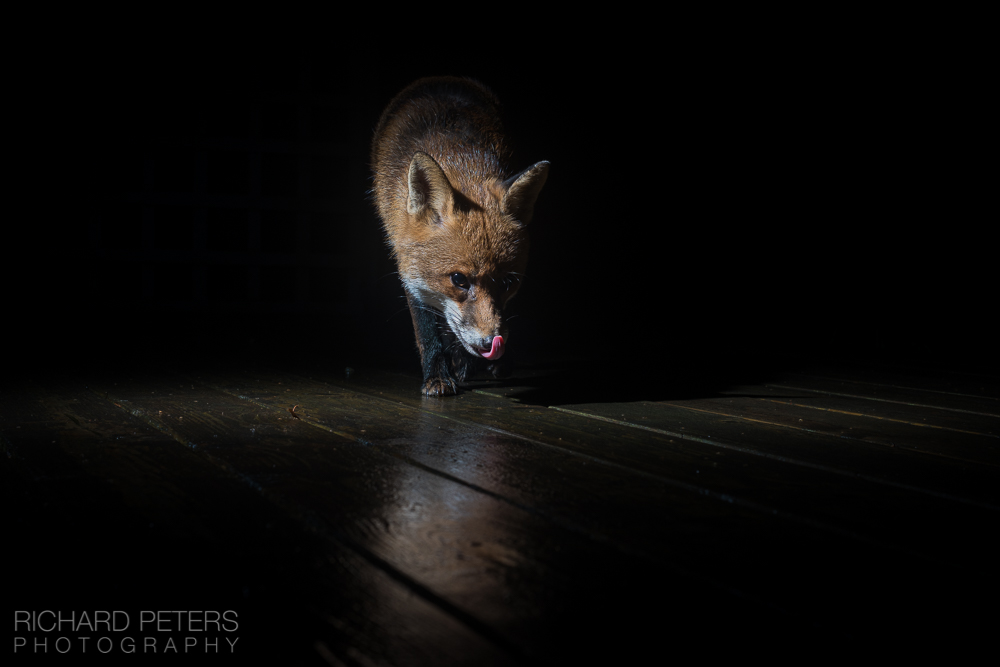
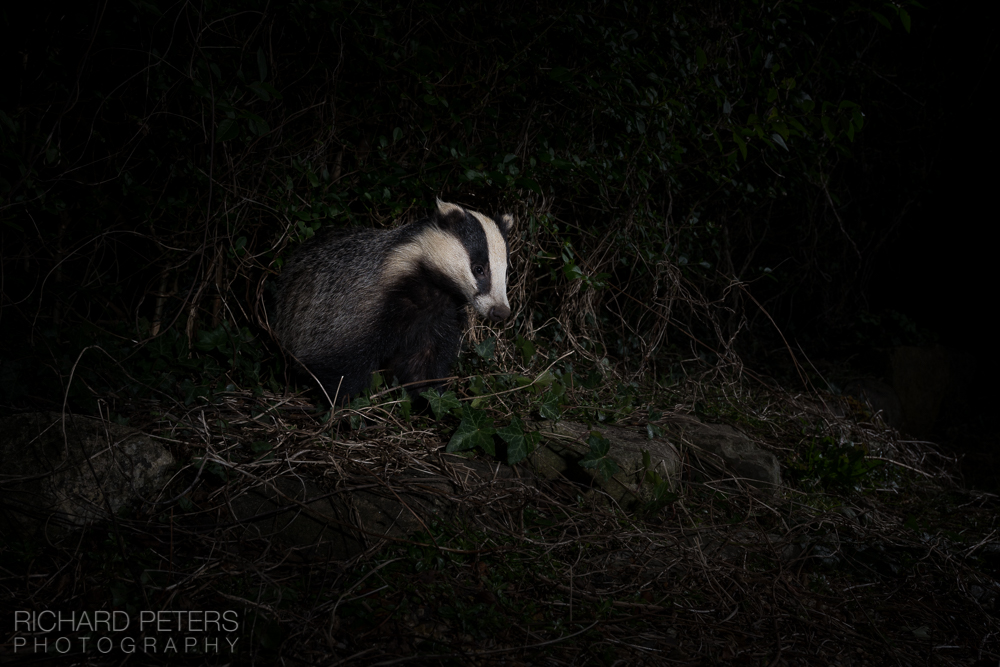
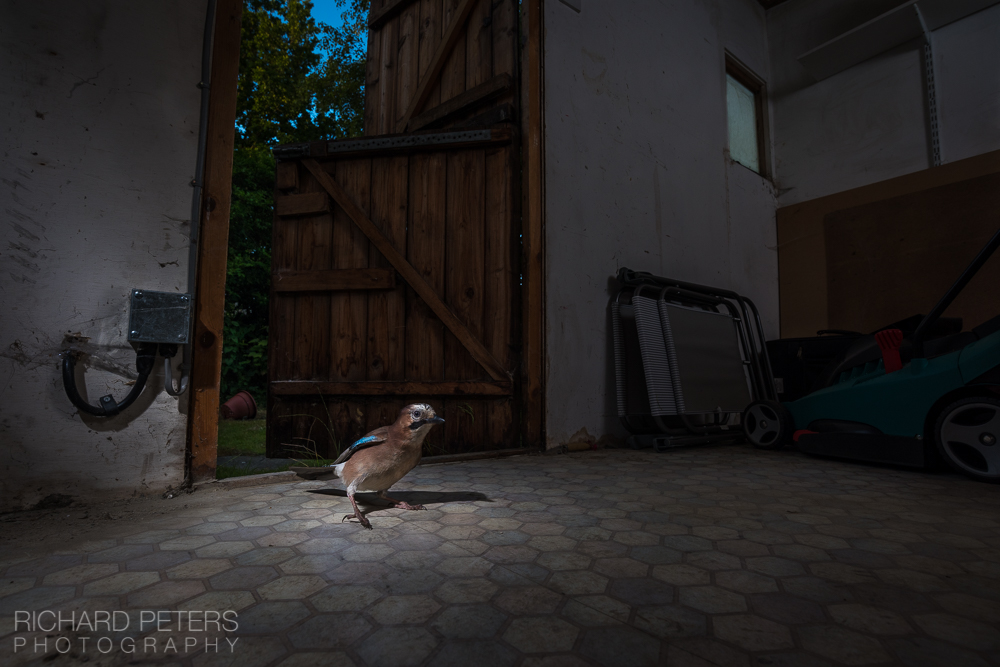
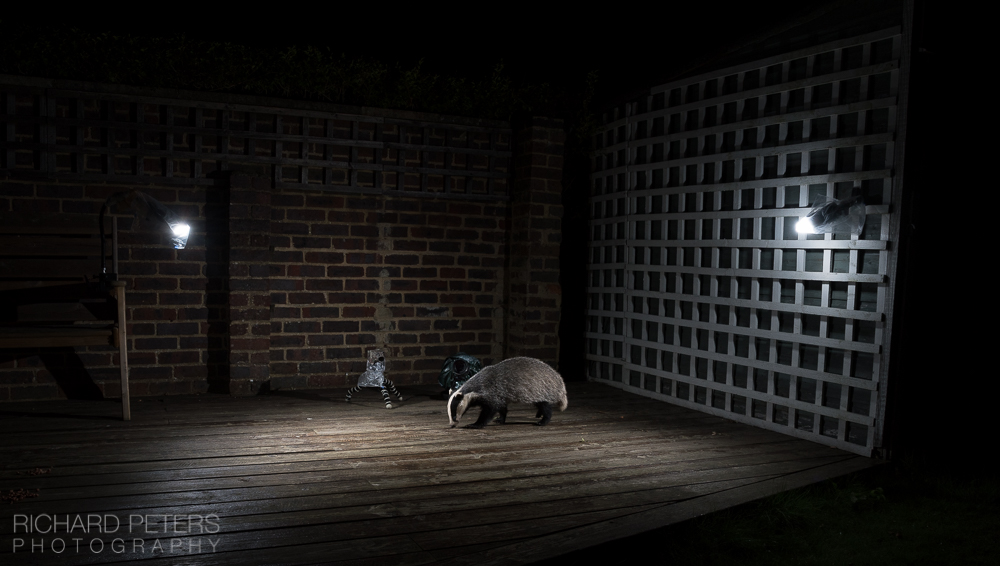
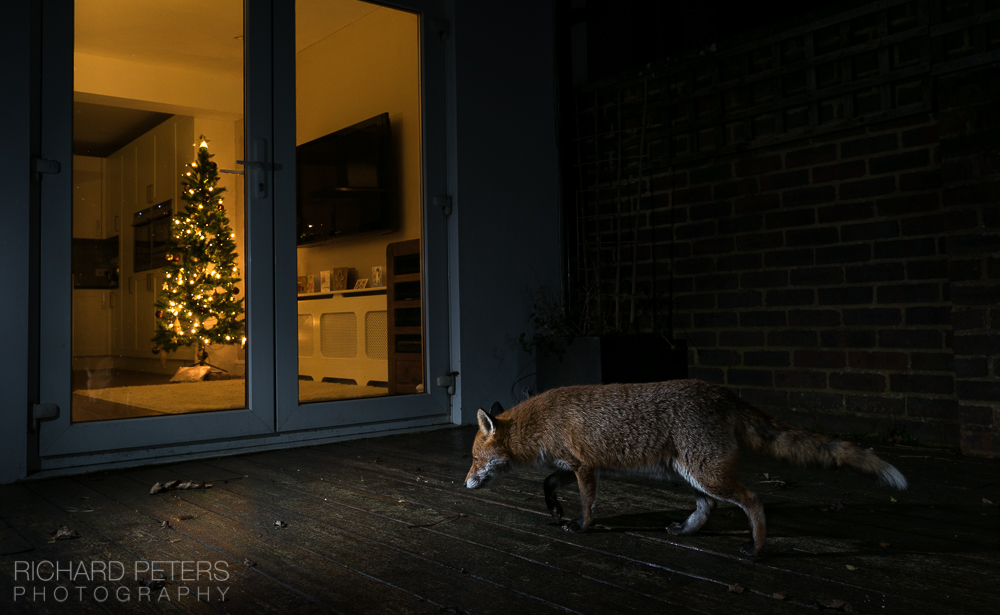
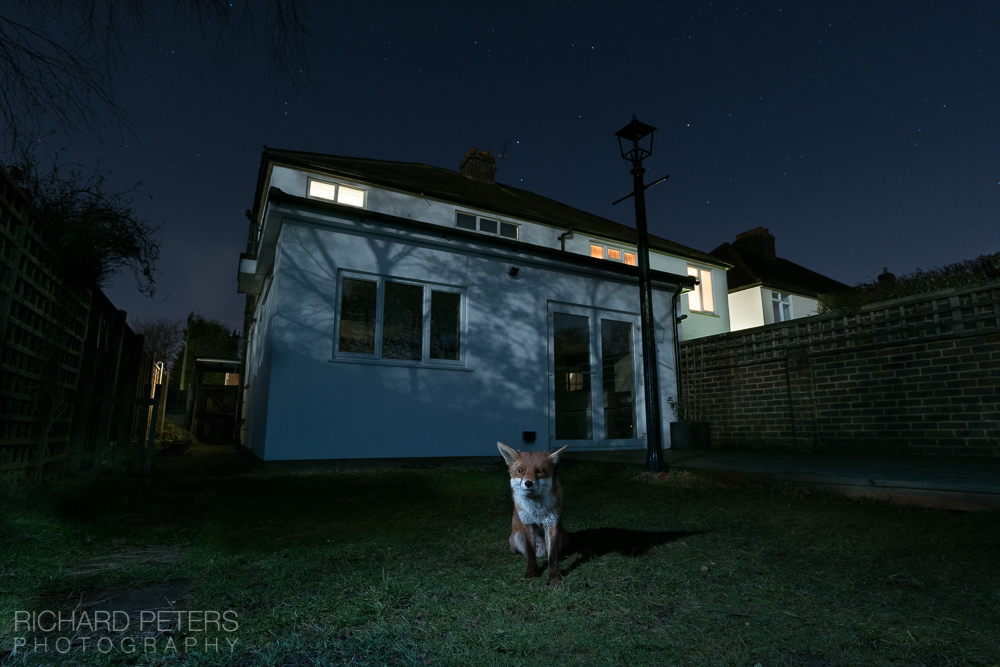
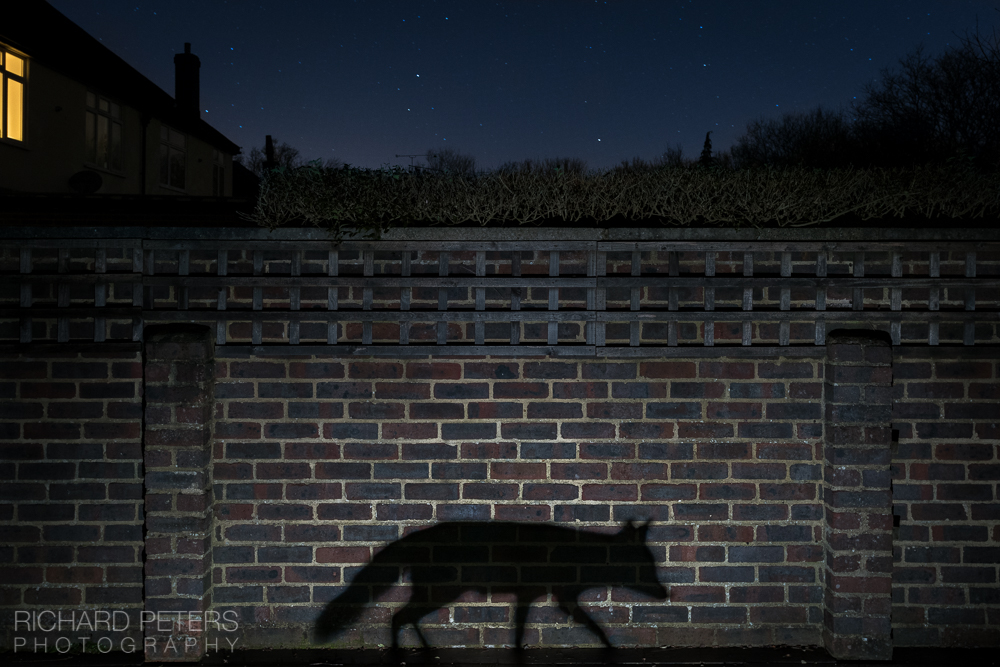
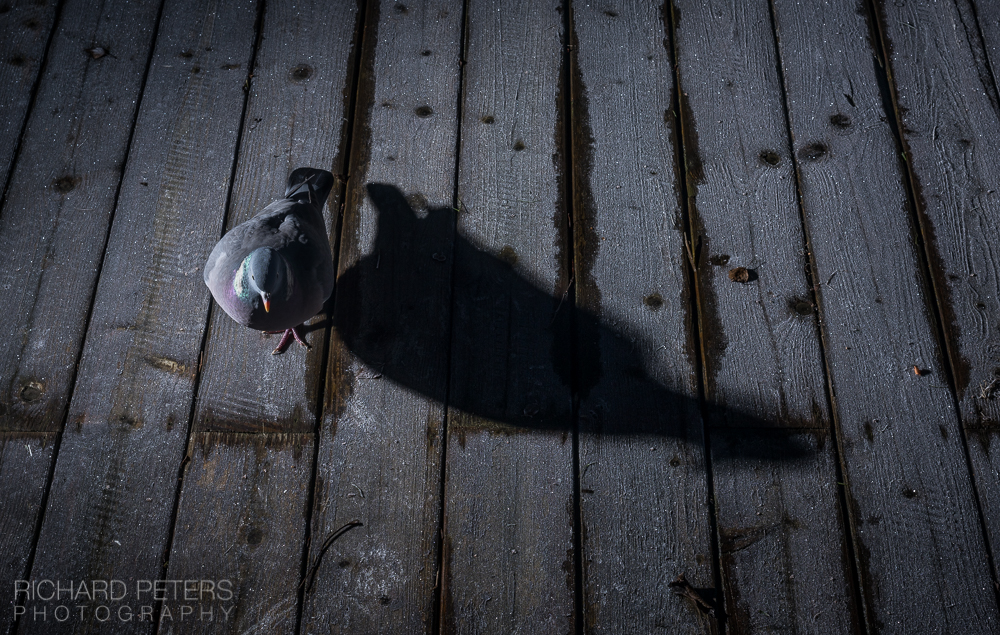
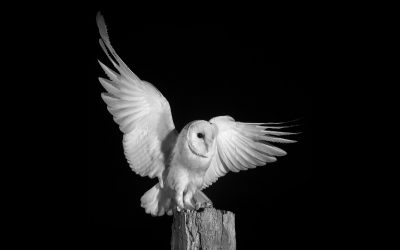
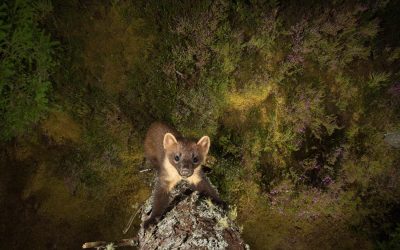
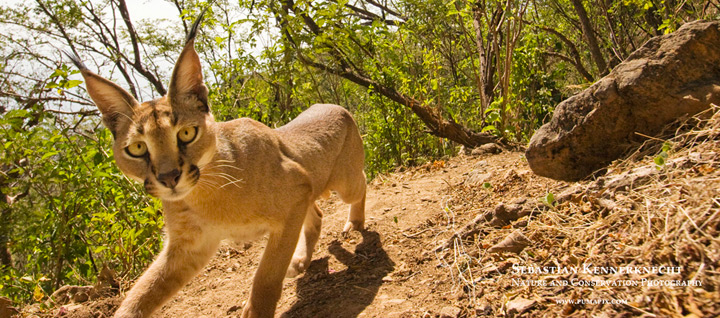
Fantastic photos!